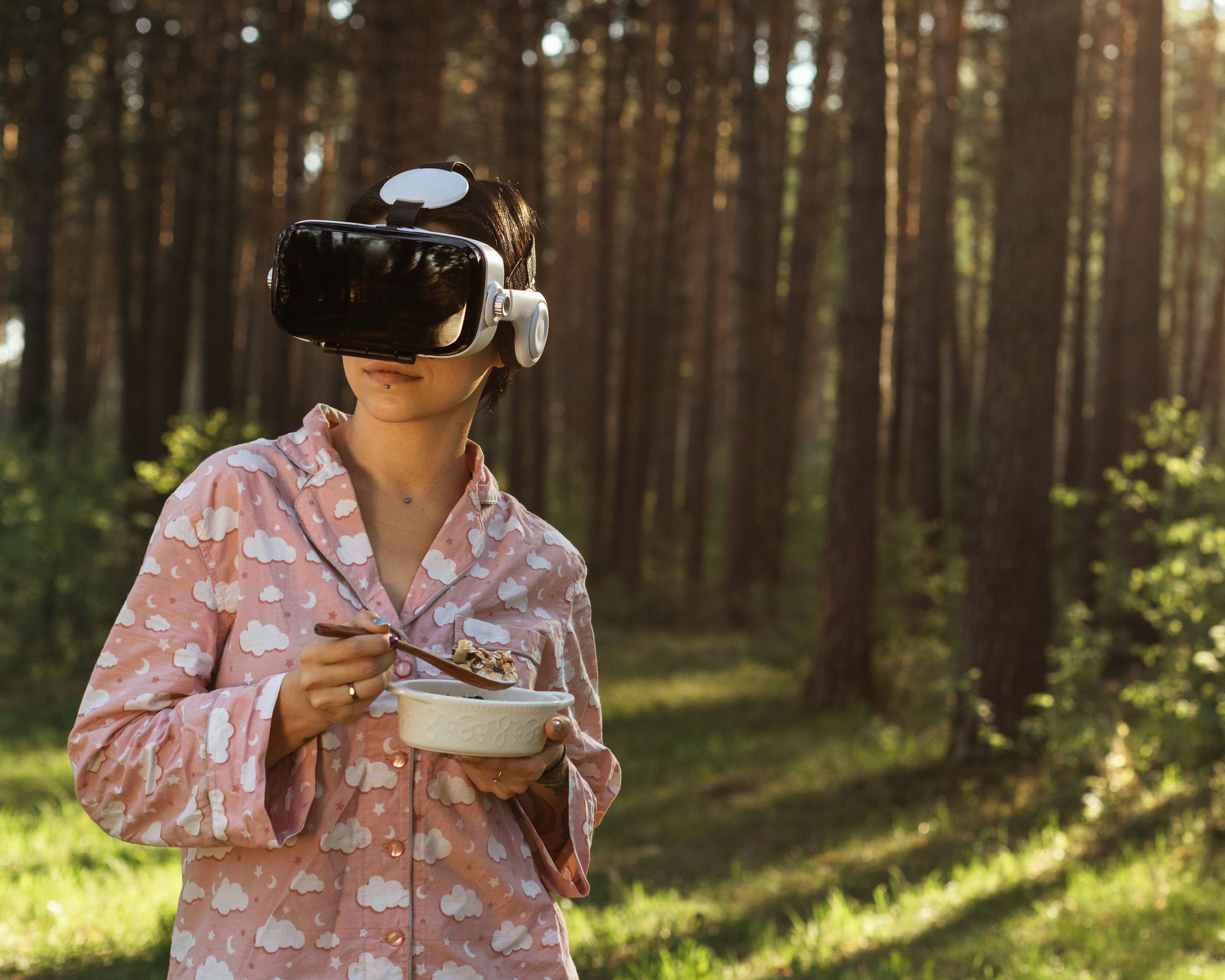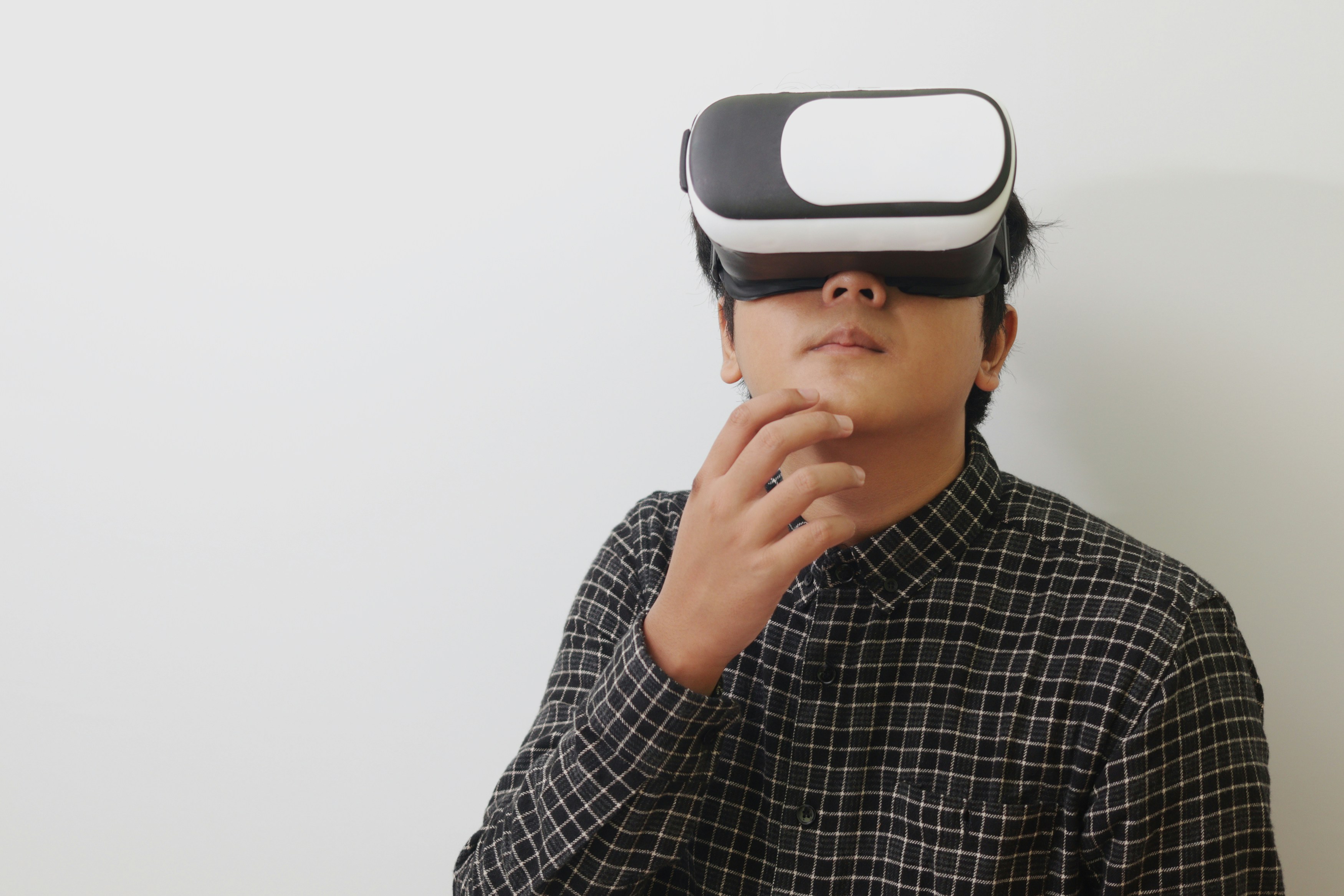Protect Your Creations: Virtual Reality & Intellectual Property Law
In a world where the digital frontier is rapidly evolving, the intersection of virtual reality (VR) and intellectual property law is more significant than ever. As creators push the boundaries of imagination, it's essential to understand how to protect your work in this virtual landscape. Whether you're a game developer, artist, or a content creator, navigating the legal implications of VR can seem daunting, but it's crucial for safeguarding your creations. This article will explore key concepts related to VR and intellectual property, shedding light on strategies to protect your rights in an increasingly immersive world.
Understanding the Digital Landscape of Virtual Reality

Virtual reality is no longer the stuff of science fiction; it's a burgeoning field that influences multiple industries. What began as a niche technology used primarily for gaming has expanded into realms like education, healthcare, training, and even social interaction. With this expansion comes a plethora of new creative works, such as immersive experiences, 3D environments, and interactive storytelling.
However, this innovation raises pivotal questions regarding intellectual property rights. In 2025, as technology continues to evolve, understanding how copyright, trademarks, and patents apply in VR will be vital for creators looking to protect their interests. With the fun of creating in this new frontier also comes the responsibility of safeguarding one’s work against infringement.
The Role of Copyright in VR Creations

Copyright law is the primary means through which creators protect their original works. This includes anything from the games you're developing to the virtual art installations you're creating. Under copyright law, creators have the exclusive right to reproduce, distribute, and display their work.
In VR, these rights become particularly complex. It's crucial to establish which aspects of your VR creation are eligible for copyright protection. Visual assets, audio, and narrative elements can be protected, but certain interactive functions or mechanics may not be as easily classified. As you craft your VR experience, maintaining documentation of your creative process—such as drafts, sketches, and revisions—can help establish ownership and originality, essential components in any copyright claim.
Copyright Challenges in Collaborative Environments

Often, VR development is a collaborative effort involving multiple creators. This raises additional questions about ownership. Who holds the copyright when several individuals contribute to a shared virtual experience? Establishing clear agreements about ownership and rights at the outset can mitigate disputes down the line.
For instance, contracts can outline who owns the final product, how profits will be shared, and how credits will be attributed. These agreements should account for different contributors, like programmers, artists, and writers, all of whom might have varying levels of involvement and investment in the project.
Trademarks: Branding in the Virtual Space

Along with copyright, trademarks play a crucial role in protecting your creative brand in virtual reality. A trademark identifies and distinguishes your goods or services from others on the market—think logos, brand names, and slogans. As VR experiences become more commercially viable, securing a trademark can be key to establishing your brand and maintaining consumer trust.
When developing a VR product, consider what branding elements will represent your work. Ensure that these elements are unique and do not infringe upon existing trademarks. This proactive step can help fend off potential legal disputes and protect your brand identity.
Trademark Registration Process

The process of registering a trademark may seem daunting, but the benefits far outweigh the efforts. Filing a trademark application with the U.S. Patent and Trademark Office can instill a sense of ownership over your brand. Furthermore, having a registered trademark strengthens your legal position in case of infringement, allowing you to seek remedies to protect your established goodwill.
For those interested in the process, organizations such as the U.S. Small Business Administration offer resources on navigating trademark registration. Researching existing trademarks and understanding the distinction between federal and state trademarks can also aid in ensuring your brand stands apart in the VR marketplace.
Patents: Protecting Innovative Functionalities

While copyright and trademarks address the creative aspects of your work, patents are vital when innovation and new technologies are involved. If you develop unique technology or processes within the VR realm, a patent can protect those inventions. To qualify for a patent, your innovation must be novel, non-obvious, and useful.
Securing a patent can be a lengthy and expensive process, but for creators with groundbreaking ideas, it can offer crucial protection. As you consider this route, detailed documentation of your invention—along with prototypes or models—will be necessary during the application process.
Seeking Professional Legal Advice

Navigating the intricacies of patent law, especially in an emerging field like VR, often requires expert guidance. Engaging with an intellectual property attorney can help you understand your rights, streamline the application process, and tailor your claims to maximize protection. They can also offer insights on the potential for licensing your technology, opening up additional revenue streams.
The Blurring Lines of Ownership in User-Generated Content

One of the most intriguing aspects of virtual reality is the incorporation of user-generated content (UGC). Platforms that enable users to create and share content introduce dynamic legal challenges regarding ownership and copyright. If a user generates a modification or extension of your VR experience, do they hold rights to that content?
While many platforms include user agreement contracts stating that creators retain rights to their original contributions, these agreements might require careful scrutiny. Make sure you fully understand the terms regarding ownership and usage rights to protect both your interests and the rights of your users.
Navigating Licensing Agreements

Licensing allows creators to permit others to use their intellectual property while retaining ownership. In the VR world, licensing can take many forms, from granting rights to use certain assets to allowing other developers to access patented technologies. Having a clear licensing agreement is crucial in defining the scope of use and any financial frameworks involved.
When drafting licensing agreements, consider how your work will be used, the duration of the license, and any royalties or fees. Also, anticipate whether you might wish to allow third parties to modify or adapt your work, which can have significant implications for your intellectual property rights.
Legal Precedents and Emerging Case Law

As virtual reality continues to grow, courts worldwide are tackling novel legal questions around IP in the digital domain. Understanding current litigation trends and decisions can help creators anticipate potential challenges and protect their rights effectively.
For instance, recent court cases addressing virtual art theft and usage of patented VR technologies are setting important precedents. Keeping an eye on these cases can equip you with knowledge about how courts might treat similar issues in the future.
External Resources for Staying Updated

To stay in the know about ongoing legal issues affecting the VR space, consider turning to high-authority resources such as the Harvard Business Review or The Electronic Frontier Foundation. These organizations provide valuable insights and analyses on how evolving laws might impact creators and developers.
Final Thoughts: Staying Ahead in the VR Legal Landscape

As we march deeper into the digital frontier, the concern for intellectual property rights in VR is more relevant than ever. By understanding the core principles of copyright, trademarks, and patents, you can take proactive steps to protect your creations.
Developing clear agreements, seeking professional advice, and staying updated on emerging case law will equip you to navigate the complexities of intellectual property in virtual reality. In this rapidly evolving era, the landscape may change, but your creativity remains a timeless asset worth protecting.
For further insights into effectively navigating the digital world and ensuring the protection of your creative assets, check out related articles that delve deeper into legal issues: secure your digital future, protect your image rights , and explore digital witnesses.
Explore the surprising intersection of virtual reality and intellectual property law to learn how to protect your creations in this evolving digital frontier. Discover essential tips and insights!



